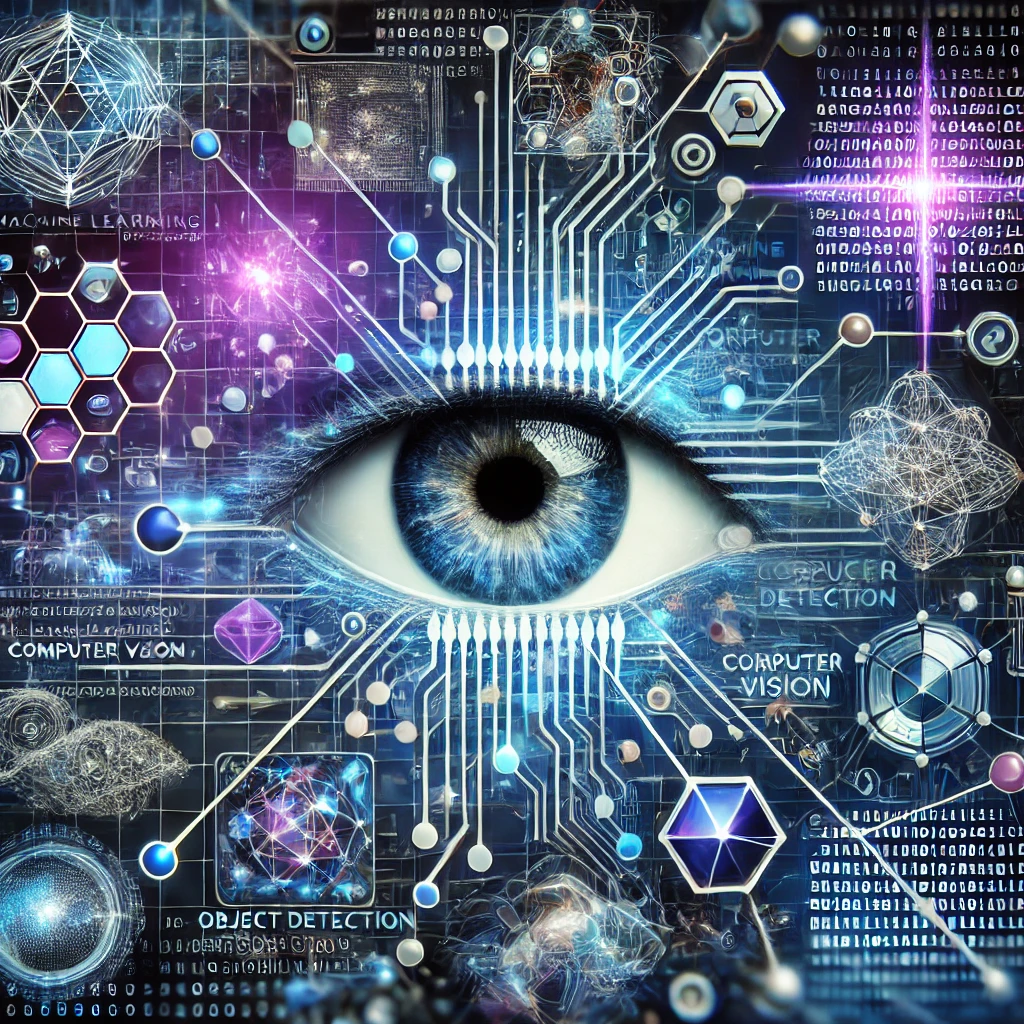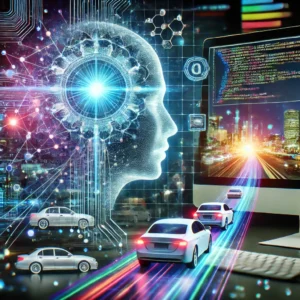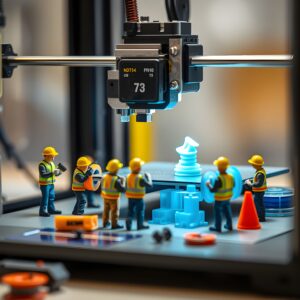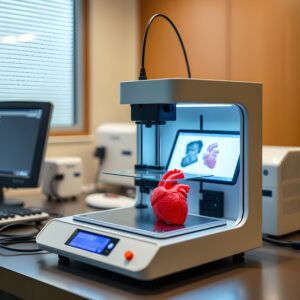Top Machine Learning Algorithms for Computer Vision

Machine Learning Algorithms for Computer Vision Tasks
Machine learning (ML) has revolutionized computer vision, enabling systems to interpret and process visual information like never before. From self-driving cars to facial recognition, machine learning algorithms are at the core of these advancements. In this article, we explore the key machine learning algorithms for computer vision tasks and their applications in various industries.
Key Algorithms for Computer Vision
1. Convolutional Neural Networks (CNNs)
Convolutional Neural Networks (CNNs) are the most widely used machine learning algorithm for computer vision tasks. They are particularly effective in:
- Image classification: Identifying objects within an image.
- Object detection: Locating and classifying objects in real-time.
- Image segmentation: Dividing an image into segments for detailed analysis.
CNNs use layers of filters to extract features from images, making them essential for tasks that require analyzing complex visual data.
2. Support Vector Machines (SVM)
While CNNs dominate deep learning applications, Support Vector Machines (SVM) are still valuable for simpler image classification tasks. SVMs work well when there is a clear margin of separation between different classes in the dataset. They are commonly used in:
- Handwritten digit recognition
- Facial expression recognition
- Image classification with small datasets
3. Recurrent Neural Networks (RNNs) and LSTMs
RNNs and Long Short-Term Memory Networks (LSTMs) are particularly useful in video analysis, where temporal dependencies between frames must be captured. These algorithms are ideal for:
- Action recognition in videos
- Pose estimation
- Video segmentation
Their ability to handle sequential data makes them indispensable for dynamic computer vision tasks.
4. Generative Adversarial Networks (GANs)
Generative Adversarial Networks (GANs) have been widely adopted for generating realistic images, enhancing computer vision’s creative applications. Key use cases include:
- Image generation and editing
- Super-resolution imaging
- 3D model creation from 2D images
GANs consist of two networks—the generator and the discriminator—working together to produce high-quality, realistic images, which can be applied in everything from art to medical imaging.
5. Random Forests and Decision Trees
Random forests and decision trees are commonly used for classification and regression tasks in computer vision. They are less complex than neural networks, making them more interpretable and useful for tasks like:
- Feature selection
- Object recognition in simpler environments
These algorithms are particularly suited for cases where interpretability is key, as they offer straightforward decision rules for classification.
Applications of ML Algorithms in Computer Vision
Machine learning algorithms are driving innovation across multiple industries. Key areas where these algorithms are used include:
- Healthcare: Algorithms like CNNs are essential in medical imaging, helping doctors detect diseases such as cancer from X-rays and MRI scans.
- Autonomous Vehicles: Object detection and image segmentation algorithms help self-driving cars navigate safely by identifying pedestrians, other vehicles, and road signs.
- Retail: Facial recognition and image classification algorithms are used in stores for personalized marketing, surveillance, and inventory management.
- Security: Deep learning algorithms enhance facial recognition systems, enabling more accurate identification for secure access to buildings or devices.
Enhancing Computer Vision Tasks with ML Algorithms
The field of computer vision continues to grow, thanks to the advancements in machine learning. These algorithms not only automate the interpretation of visual data but also open new doors for innovations in AI. Whether through complex neural networks or simpler decision trees, each algorithm brings unique strengths to computer vision tasks.
To maximize the potential of machine learning in computer vision, it’s essential to stay updated on the latest algorithmic advancements and understand how each one can be applied to specific tasks.
Visit our other website: aibrainpowered.com




